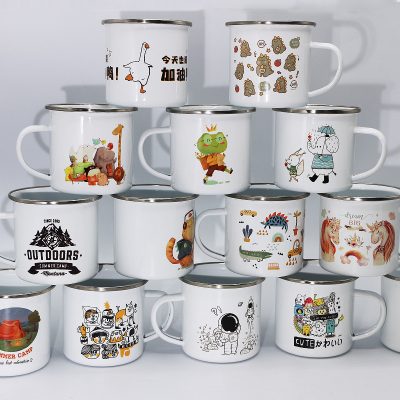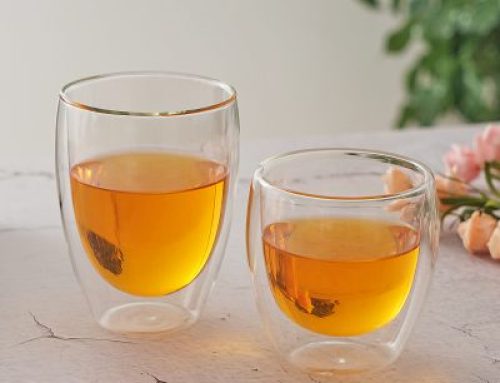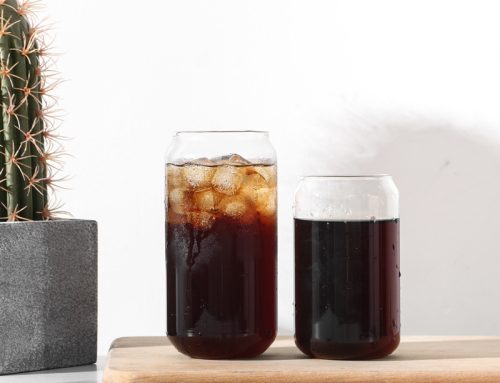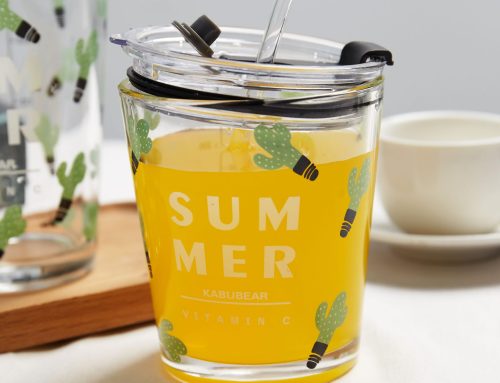Most of the excessive lead and cadmium in the ceramic production process is due to the decal process. In order to be beautiful, many ceramic tableware have brightly colored patterns, which need decals. In order to have bright color and good gloss, lead and cadmium should be added.
According to reports, ceramic tableware can be divided into overglaze color, underglaze color and underglaze color according to ceramic flower decoration. The process of overglaze color is relatively simple, so the price is relatively low. The “toxins” such as lead and cadmium in ceramic dishes mainly come from the pigments of overglaze color. Lead, mercury and cadmium in colored glaze are harmful elements to the body. Therefore, when choosing ceramic tableware, do not choose overglaze color decoration, especially the inner wall of ceramic tableware.
Hu Qun, Professor of children’s Hematology Department of Wuhan Tongji Hospital, said that excessive cadmium dissolution can lead to cadmium poisoning and lung diseases; Excessive lead dissolution can lead to lead poisoning in human body. Mild cases are irritable, lack of appetite, personality change and abdominal pain. Severe cases will lead to renal failure, slow response, gout, peripheral nervous system diseases, etc. For children, the harm of lead poisoning is particularly serious, ranging from affecting brain development to increasing intracranial pressure, vomiting and spasm.
Ceramic tableware should also prevent “poison”
In addition to colored porcelain, white porcelain without colored glaze may also have excessive heavy metals. If the clay used to make ceramics is unqualified, it may lead to diseases such as lead poisoning. According to relevant national regulations, ceramic tableware shall be soaked in 4% acetic acid. The dissolution of Lead shall not be greater than 7 mg / L and cadmium shall not be greater than 0.5 mg / L. At present, the products of regular manufacturers can basically meet this requirement. However, the quality of the “three noes” ceramic products, especially the ceramic tableware sold on the stall, is often difficult to meet the standard. The dissolution of some lead and cadmium exceeds the specified index by more than 10 times, or even dozens of times.
It is suggested that when purchasing ceramic tableware, you should carefully observe whether the inner wall of the tableware is smooth and clean, and scrape it with your fingernails. If the refracted light on the tableware with and without patterns is different, the hand feel of the two places is different, and the glaze can be scraped off with your fingernails, it is likely to be a poor product with excessive heavy metals. At the same time, in order to ensure the safety of use, before using ceramic tableware, boil it with boiling water for 5 minutes, or soak it in white vinegar for 2 ~ 3 hours to dissolve the harmful substances in ceramic tableware. If the color changes significantly, it should be discarded.
Ceramic tableware manufacturers remind you: ceramic tableware should not be heated in the microwave oven. Do not use ceramic tableware to store acidic food, fruit juice, wine, coffee and other drinks for a long time, because the longer the ceramic tableware holds acidic food or drinks, the higher the temperature, the easier it is to dissolve lead.






